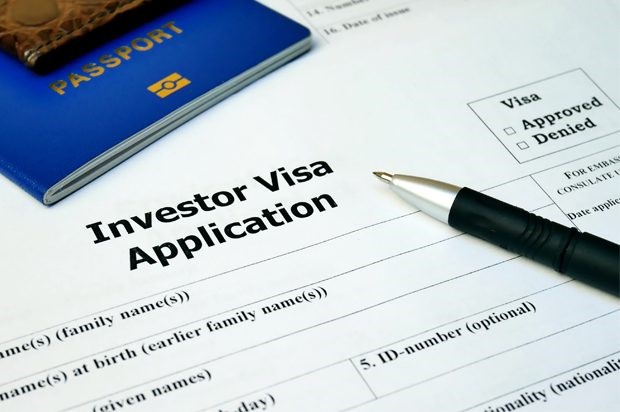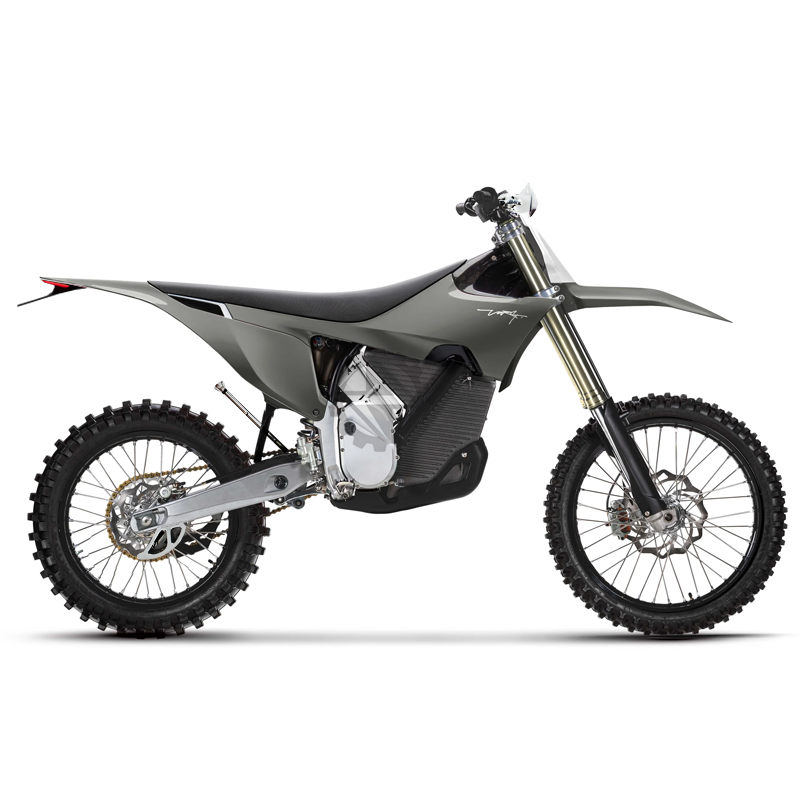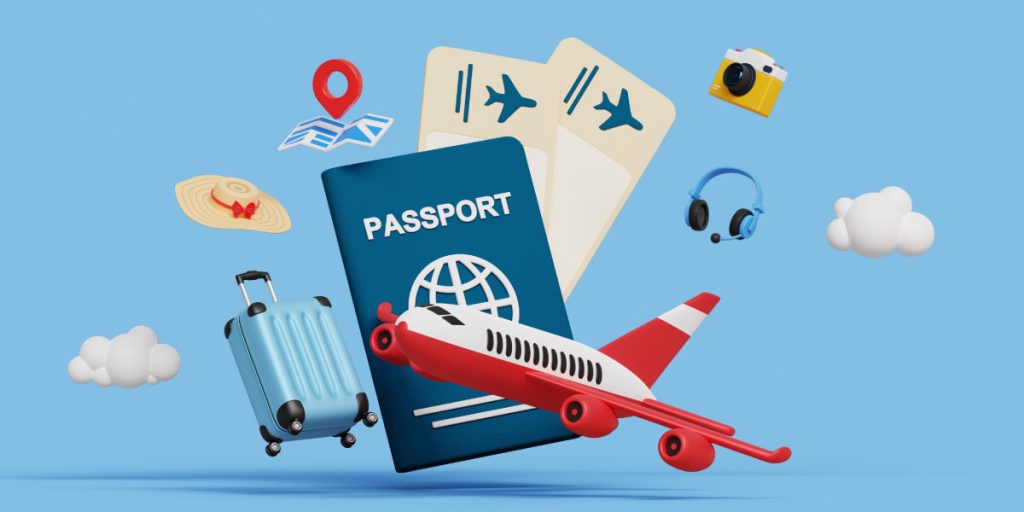
The enduring cultural exchanges between Russia, Ukraine, and India—rooted in shared histories of diplomacy, space collaborations, and spiritual pilgrimages—continue to inspire a steady flow of travelers, with over 250,000 arrivals from these nations in the first three quarters of 2025 amid stabilizing global routes. Whether envisioning Moscow’s ballet enthusiasts discovering Kerala’s Kathakali dances or Kyiv’s history buffs tracing ancient trade paths to Varanasi, the Indian eVisa stands as a vital enabler of such cross-continental dreams. For precise navigation, refer to the Indian Visa for Russian Citizens and the INDIAN VISA FOR UKRANIAN CITIZENS. This article, drawing on the program’s refinements through October 2025, including the seamless integration of the e-Arrival Card for biometric pre-clearance, offers a comprehensive blueprint to facilitate your voyage into India’s multifaceted embrace.
The eVisa Evolution: Fostering Connectivity in 2025
India’s electronic visa system, operational since 2014 and encompassing 170 nationalities, has processed a record 12 million applications this year, with Eastern European users up 22 percent due to enhanced digital interfaces and reciprocal travel pacts. The October 1, 2025, rollout of the e-Arrival Card—a mandatory online submission of health and itinerary details 72 hours pre-arrival—has compressed immigration lines by 35 percent at major hubs like Delhi and Mumbai, benefiting high-frequency routes from Sheremetyevo and Boryspil airports. For Russian and Ukrainian ordinary passport holders, eligibility is straightforward: documents must hold six months’ validity post-entry with two blank pages, while diplomatic or service passports necessitate embassy channels in New Delhi or consulates. No group applications exist; even minors apply independently, promoting thorough individual assessments. Fees, settled via international cards, range from $25 for short tourist stays to $100 for extended business permits, with processing anchored in 1-3 business days. This framework not only circumvents embassy visits but also aligns with Eurasian digital norms, enabling virtual uploads of photos and scans directly to secure portals.
Russian Pathways: eVisa Tailored for Diverse Pursuits
Russian citizens, who topped 180,000 eVisa issuances by September 2025—a 19 percent climb propelled by wellness retreats and heritage tours—enjoy robust category access, reflecting Indo-Russian strategic partnerships in energy and culture. The tourist eVisa leads for leisure escapades: a 30-day double-entry option for rapid immersions in Rajasthan’s desert festivals, mirroring Siberia’s vast expanses; a one-year multiple-entry variant allowing 90-day sojourns for savoring Mumbai’s cosmopolitan pulse or Goa’s Russian enclaves; and a five-year multiple-entry powerhouse, also 90 days per visit, ideal for perennial yogis flocking to Rishikesh’s ashrams. These non-extendable stays encourage rhythmic returns, with no conversion between types permitted.
Business eVisas, one-year multiples with 180-day allowances, empower St. Petersburg’s traders at Chennai’s auto expos or Moscow’s diplomats at Delhi’s BRICS forums, demanding proofs like invitation letters. Medical eVisas, 60-day triples, open doors to Apollo Hospitals’ cardiology suites, paralleled by attendant visas for family accompaniment—crucial for those seeking affordable oncology or Ayurveda amid Russia’s healthcare strains. The 30-day single-entry e-conference visa facilitates engagements at Bengaluru’s tech summits, blending Volga innovation with Silicon Plateau synergies. Cruise arrivals, via ports like Cochin or Marmugao, require pre-verified manifests, while children under 18 need birth certificates alongside standard uploads. No vaccination mandates beyond routine apply, though the e-Arrival Card flags any health variances.
Ukrainian Access: eVisa Bridges Amid Resilience
Ukrainians, registering 75,000 approvals through mid-2025—up 25 percent as safe havens in Himalayan homestays draw amid regional flux—mirror Russian breadth but with nuanced emphases on recovery and renewal. The e-tourist visa, one-year multiple with 90-day caps, suits Kyiv’s artists exploring Udaipur’s miniature paintings or Odesa’s seafarers anchoring in Lakshadweep’s lagoons, non-extendable to preserve turnover. Absent shorter or longer tourist tiers, it focuses on meaningful, mid-duration explorations.
The e-business visa, one-year dual-entry for 180 days, supports Lviv’s entrepreneurs at Hyderabad’s IT fairs or Kharkiv’s agronomists in Punjab’s green revolutions, fortified by commercial endorsements. E-medical visas, one-year triples for 60 days, attract to Fortis facilities for rehabilitative therapies, with attendant counterparts ensuring kin proximity—a poignant provision in turbulent times. The 30-day single e-conference visa connects to virtual-hybrid events like the Goa International Film Festival, echoing Black Sea cinematic ties. Minors demand extra layers: parental consent affidavits and age proofs, underscoring protective protocols. Processing, at 2-3 days, advises eight-day lead applications to buffer Kyiv-Delhi volatilities, with no bespoke fees but standard card surcharges.
Application Alchemy: From Form to Frontier
For both nationalities, the eVisa ritual spans 15-30 minutes on the official site: delineate personal essence—names, births, contacts—with passport chronicles and intent narratives. Digitize imperatives: a 2×2-inch glare-free photo, bio-page scan under 10MB, and category anchors like hospital dossiers or trade invites. Security queries probe records and travels, followed by card validations triggering algorithmic pre-screens. Emailed PDFs, indelibly passport-linked, materialize in 1-3 days—print triplicates for resilience. At 32 airports or six seaports, pair with the e-Arrival Card for stamping; rejections, rare at six percent, trace to discrepancies, so audit thrice.
Sage Strategies: Optimizing Your Indo-Eurasian Odyssey
Commence amid lulls—sidestep Navratri’s October crescendo—leveraging trackers for real-time pulses. Russians, equip for Agra’s autumn mists; Ukrainians, layer against Darjeeling’s drizzles. Cultural harmonies: modest temple scarves, vegetarian temple nods, chai’s unhurried sips. Sustainable arcs enrich: IRCTC sleeper trains, Spiti eco-camps nurturing local artisans. Overstays summon $10 daily levies, redeemable via FRRO pleas; emergencies like bereavements unlock expedited lanes. Helplines, 24/7 in English and Russian/Ukrainian, transmute hurdles into harmonies.
In interlacing eVisas across taiga whispers and steppe songs to Ganges hymns, sojourners etch sagas of solidarity. This 2025 conduit, resilient and refined, dissolves distances, where Cossack vigor meets yogic poise in the subcontinent’s eternal tapestry.






